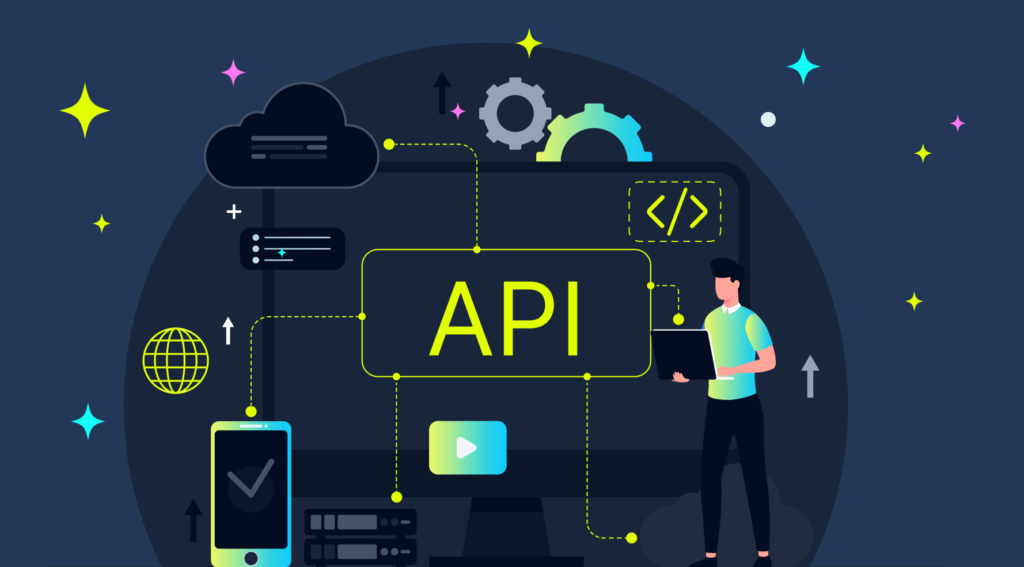Introduction:
Application programming interfaces (often called APIs) have become an important part of web development. They enable communication, data exchange and job delivery by providing the necessary interaction between different software middleware. But not all APIs are created equal; There is a long-standing debate about the superiority of GraphQL over GraphQL. RESTful APIs. This blog aims to provide a deeper understanding of the features, differences, advantages, and situations where one might be better than the other.
Understanding RESTful APIs
Representational State Transfer (REST) APIs have been around since the early 2000s and set the industry standard for web services. RESTful API is built around the standard HTTP protocol and uses available methods (GET, POST, PUT, DELETE) to perform various operations. They use endpoints (URLs), each of which represents information and functions that require a specific client.
Advantages of RESTful API:
Rich resources and tools: Considering its longevity, RESTful API has many resources and tools. Broad community support.
Language independent: They work well with any language that supports HTTP and do not require special data entry knowledge.
Scalability: Stateless servers and process access to resources make RESTful APIs easier to maintain and extend.
Disadvantages of RESTful APIs:
Overfetching and underfetching: RESTful APIs can fail to return the correct one Information needed when overfetching or underfetching.
Version Control: As APIs evolve, minimizing the impact of changes becomes more important and difficult, ultimately leading to the creation of multiple versions.
Extend GraphQL
And in 2015, GraphQL from Facebook gained popularity. GraphQL APIs, unlike RESTful APIs that use static data, work on schemas and types to interpret data requests, allowing customers to specify the type of response they want.
Advantages of GraphQL:
Efficiency: GraphQL prevents over- or under-crawling because it allows users to specify exactly what they want.
Less travel time: Network load is reduced as each request is processed properly, resulting in faster response times.
No versioning: Handle API development or change without creating new versions.
GraphQL Disadvantages:
Complexity: GraphQL has a learning curve compared to RESTful APIs.
Caching: GraphQL does not use HTTP caching methods because it has only one endpoint and requires a dedicated caching mechanism.
GraphQL vs. RESTful APIs:
The choice between GraphQL and RESTful APIs is more about specific use cases than performance. Small applications of low complexity can benefit from the simplicity and speed of the RESTful API. Conversely, large applications with powerful data can benefit from the simplicity and efficiency of GraphQL.
Brief summary
Both GraphQL and RESTful APIs have advantages and disadvantages. RESTful API provides greater functionality, flexibility and community support. In contrast, GraphQL provides flexibility in requesting data, reducing data changes, and improving performance.
Conclusion:
Choosing between GraphQL and RESTful APIs requires a deep understanding of the project, its size, complexity, data requirements, and long-term needs. – Terminology evolution. Both have their own unique propositions, and a deep understanding of both is an important tool in the developer’s arsenal. As technology continues to evolve, keeping the pipeline open to both parties will ensure preparedness for all web challenges.

